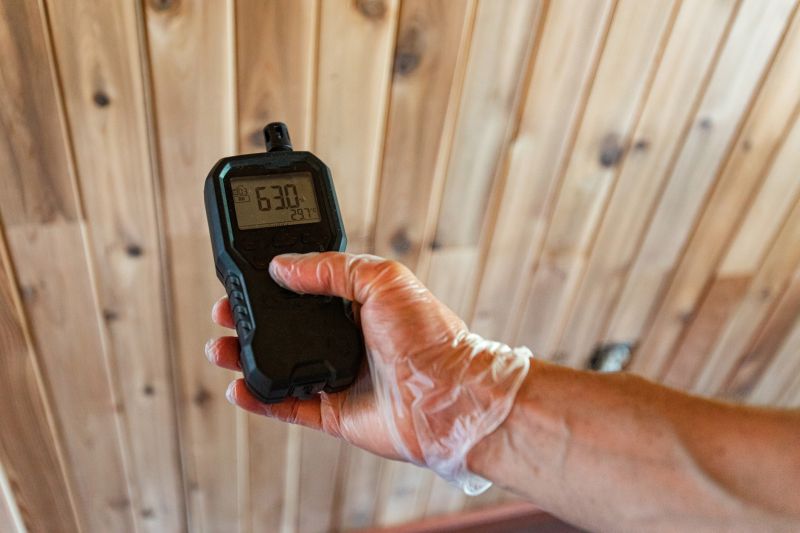Optimal Timing for Power Rakings
Power Rakings are best performed during periods of stable weather to avoid fluctuations caused by temperature extremes or humidity.
Testing during peak load times provides insights into system capacity, while off-peak testing offers data on baseline performance.
Aligning Power Rakings with planned maintenance minimizes operational disruptions and ensures safety.
Performing Power Rakings before system commissioning verifies readiness and capacity.

Technicians performing measurements during optimal conditions.

Proper setup is crucial for accurate Power Rakings.

Gathering data during stable weather and load conditions.

Ways to make Power Rakings work in tight or awkward layouts.

Popular materials for Power Rakings and why they hold up over time.

Simple add-ons that improve Power Rakings without blowing the budget.
| Timing Factor | Impact on Power Rakings |
|---|---|
| Weather Conditions | Stable weather ensures consistent readings. |
| Load Variations | Testing during peak loads reveals system capacity. |
| Maintenance Schedule | Aligning tests with maintenance reduces downtime. |
| System Age | Older systems may require different timing for accurate results. |
| Operational Demands | Avoid testing during critical operational periods. |

Precision instruments used during Power Rakings.

Interpreting measurement results for system assessment.

Visual checks complement Power Rakings for comprehensive evaluation.

Ensuring safety during testing procedures.
Interested parties should consider scheduling Power Rakings during periods of system stability and low operational demand. Proper planning ensures accurate assessments and minimizes operational disruptions. For further information or to arrange testing, contact the relevant service provider to discuss suitable timing options.
